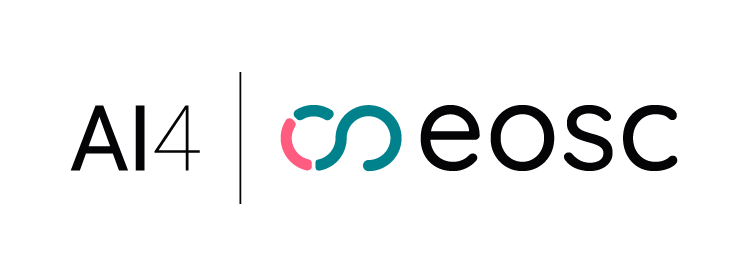AI4Compose is a suite of software utilities designed to facilitate the integration and orchestration of multiple artificial intelligence (AI) models and machine learning techniques. Its primary function is to amalgamate various AI components into organised workflows or pipelines. AI4Compose integrates with well-known visual programming tools such as Elyra and Node-RED (along with FlowFuse), enabling the creation of workflows from the inference of pre-trained models. Users can work with nodes and connections between them. Despite their different functionalities and capabilities, both platforms share a common purpose in utilising graphical composition tools applicable to AI models. As a tool for executing inference tasks, AI4Compose has been integrated with OSCAR.
In Elyra, AI4Compose presents a series of notebooks utilising OSCAR's functionalities, integrating OSCAR's Python client to invoke and interact with OSCAR services. This integration facilitates users in seamlessly blending AI models and machine learning techniques into their data science workflows, leveraging Elyra's notebook-based environment for a more efficient and productive development experience.
For Node-RED, AI4Compose introduces new modules based on subflows. These subflows efficiently employ standard Node-RED nodes to make requests to OSCAR services. Users can effortlessly interact with these modules in a graphical environment through a "drag and drop" interface, enabling them to compose complex workflows with ease.
In both platforms, AI4Compose stands as a testament to the innovative fusion of AI orchestration and visual programming, offering users an accessible and powerful toolset for developing sophisticated AI-powered applications.
This project has received funding from the European Union’s Horizon Research and Innovation programme under Grant agreement No. 101058593


